How Three Men in a Land Rover Battled Blizzards in the Desert
In 1969 Chris Wall, Mike Palmer and Waxy Wainwright set out from London in their £400 Land Rover “TEN”. Nine months later they were home after driving 40,000 miles through 40 countries.
Their incredible adventure is documented in a new book Three Men in a Land Rover (Porter Press). This extract gives just a few examples of the adversity they overcame on this epic journey…
“It was still very cold in the tent, but the crystal clear night sky revealed more stars than we ever realised could be visible. When the wind dropped, the silence was quite extraordinary. It ended up being one of the coldest nights ever, with the water in TEN’s radiator freezing despite the anti-freeze.
Another morning when the tent was encrusted with ice inside and out, so we were up early and, with help from the locals, rebuilt the fire to warm us up whilst we enjoyed a quick breakfast. TEN started the first time, and we set off on the start of a truly hair-raising drive on essentially a footpath that had gullies some five feet deep. Further on there was a big expanse of salt marsh that could only be negotiated in four-wheel drive.
By lunchtime we reached Herat, where we caused the locals great amusement as we tried to negotiate the narrow alleyways through the village, which had never been designed to cope with traffic wider than a laden mule. Then we turned south towards a place marked on the map as Chah Haq (now Chah-e Chehel Gaz), where we arrived after an hour or so of more cross-country driving. We then headed for Abadeh, but the roads were really tricky, with TEN sliding uncontrollably into gullies and then crawling over rocky outcrops and us having to dig our way out of dried-up wadis. We were hoping to reach the road to Neyriz, but it was still dangerous going, and we felt that our journey could end early, and at any time soon.
We were forced to retrace our steps and were surprised that evidence of our earlier tracks soon disappeared under the windblown dust and sand, but we eventually reached a place called Buri by nightfall. The locals offered us a bed for the night, as well as some supper. They were amazed that we reached them via the trail we were blazing. They entertained us by playing flutes and drums. Iranians were really lovely people and bore out our theory that the further we were from ‘civilisation’ the nicer people were. They were semi-nomadic shepherds who survived on their herds of black goats and were facing a crisis of grazing due to the lack of rain.
Despite the cold, we got a very good night’s sleep and were up early to join prayers with the local school. We thought that their prayers were to hopefully guide us safely during the next challenging day, but they were, in fact, asking for rain for the goats. Thankfully, there was no sign of the wolves that the villagers told us had killed two shepherds since the start of the current cold spell.
We said our goodbyes. After a short distance we had to start road-building and it took us the best part of an hour to travel just 25 yards. We slowly made more progress, approaching and passing the remote villages marked on our map, but with the heavily loaded roof rack we were very conscious of TEN’s potential to overturn. We tackled a very steep climb and just made it to the top in first and four-wheel drive. From our vantage point we could see the vast valley and Lake Bakhtegan laid out before us, with our next landmark, Neyriz, on the far shore some 20 kilometres away.
The view was a panorama of pink and blue desolation as far as the eye could see. But there were still plenty of obstacles between us and our destination, including a particularly deep wadi. Mike and Waxy decided to disembark to leave Chris to edge TEN over the drop. Drop was exactly what happened, as we landed with a huge bang and in a cloud of dust after coming uncomfortably close to doing a complete somersault. Poor old TEN laid strangely distorted in the dried-up riverbed, with its wheels and axles appearing separated from the main body because they protruded so far outside the bodywork.
Amazingly, once we were able to straighten up on flatter ground, all seemed fine. We marvelled at the recovery but were anxious about how much more punishment TEN could take.
By the third day out of Kerman we had trailblazed more than 300 miles cross-country. But there were still many more wadis and clumps of dense thorny bushes to negotiate before we eventually reached Neyriz, where we were stopped by the police and summoned by their chief (he closely resembled Alf Garnett), who spoke very good English and provided us with very welcome glasses of tea. The oddest interview followed, as he insisted that we couldn’t have driven the route we had arrived by. That made us feel as though we had really achieved something.
After we left the police station we decided to drive on, now hopefully on a proper road, to Shiraz. At least we had shown that our shortcut was possible (just) and had cut the journey time between Kerman and Shiraz by at least three days. It had been pretty hairy, but we’d done it.
We were now back on a road, although only in the very loosest terms of that description, and the previous day’s prayers for rain had been answered in no uncertain terms as we drove through something of a monsoon to reach Shiraz. From there we headed for Persepolis and camped in the open desert, battening down the hatches. The pneumatic igloo tent was ideal for camping in the desert, where the ground was a hopeless task for tent pegs, but it obviously wasn’t as good at surviving a snowstorm because it collapsed at about 3:00am under the weight of snow.
We scrambled out in a raging blizzard, which also threw in a bit of thunder and lightning – surely strange weather for a desert, right? We quickly put all the kit, now thoroughly soaked, into the back of TEN and made our way back to the road. It was very disorientating being in the desert in a blizzard because it was virtually impossible to see what was the ground or sky, and visibility was almost nil, but we managed to slither into the safety of Shiraz by 4:00am and banged on the door of a lighted shop.”







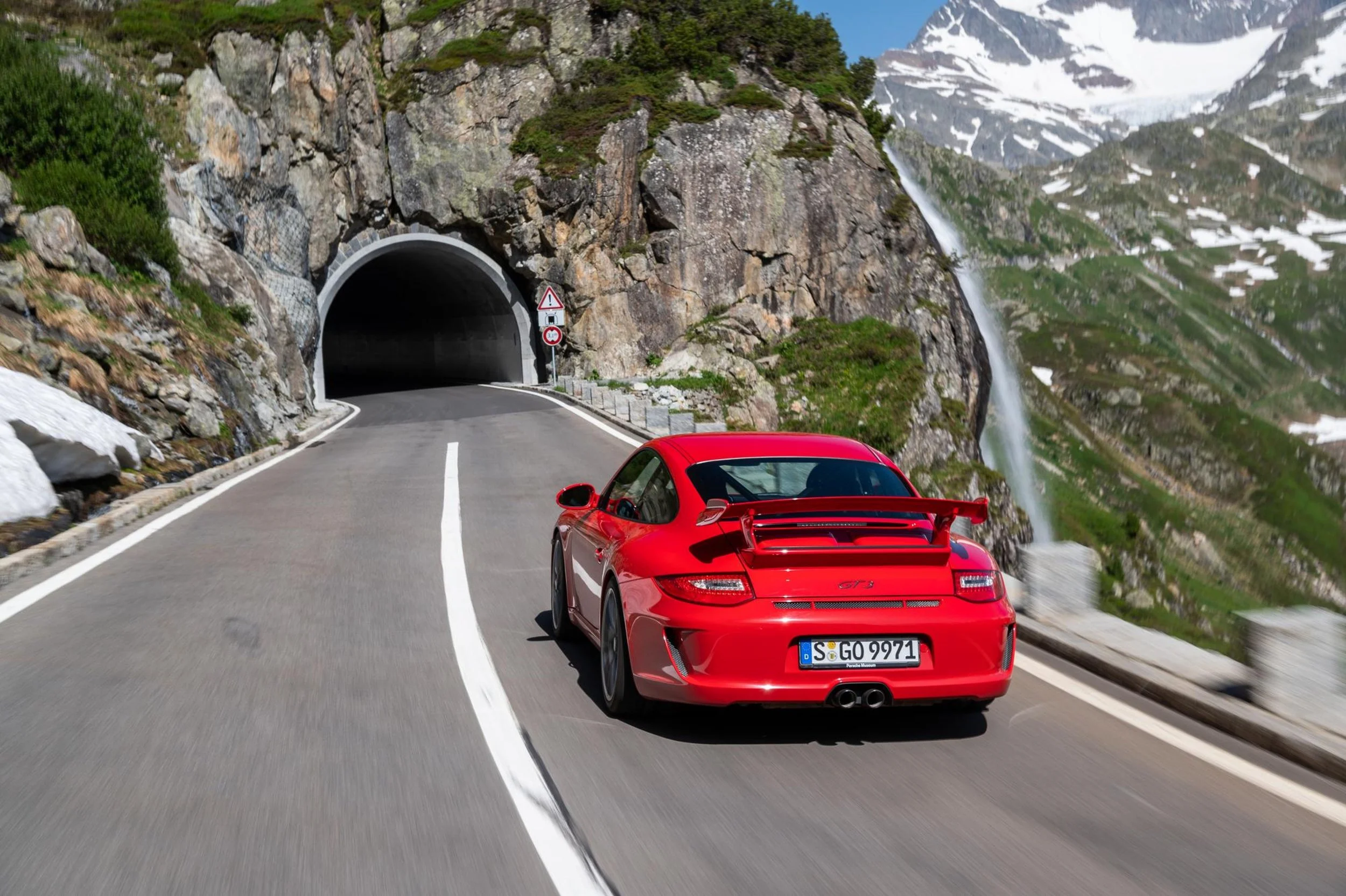



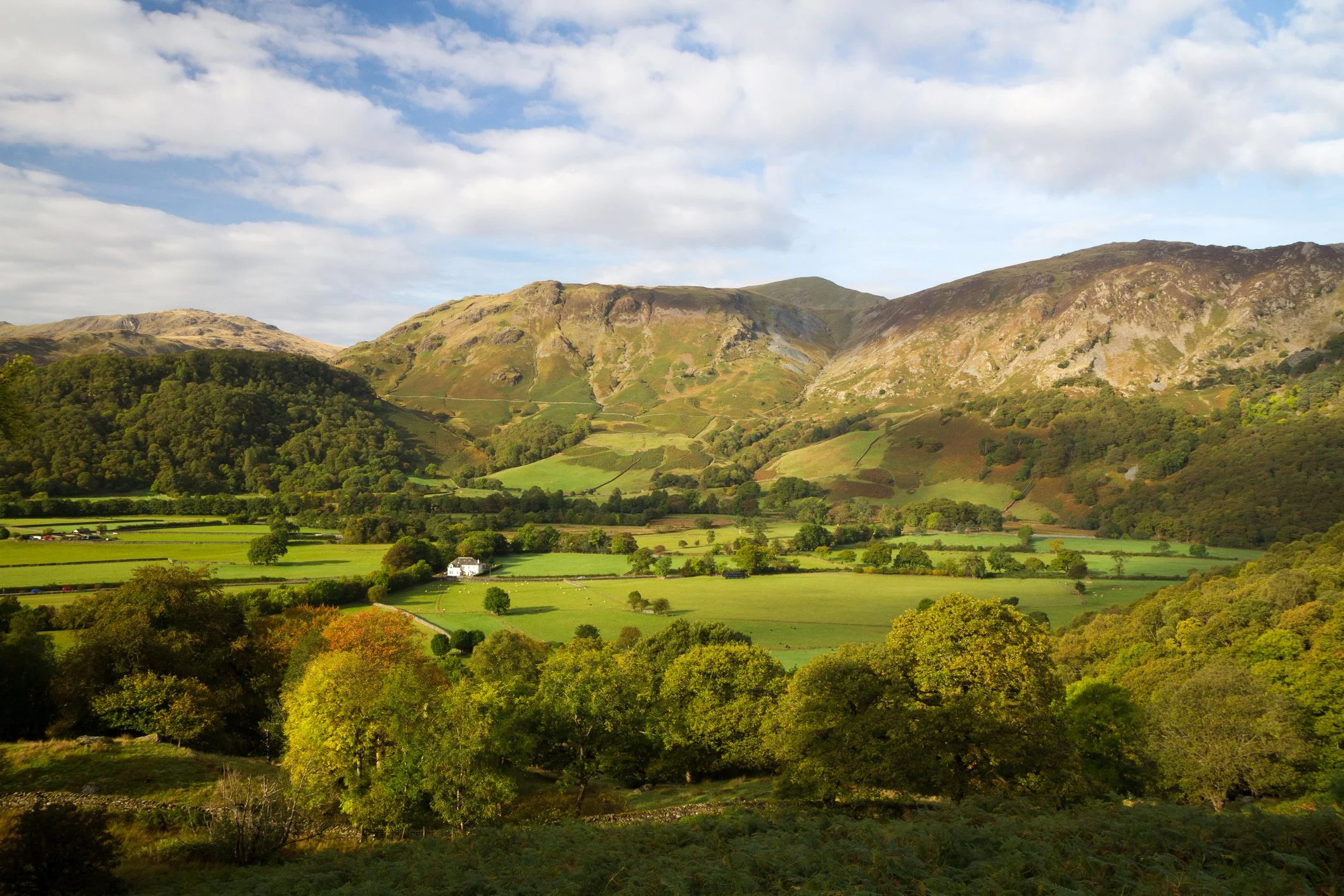



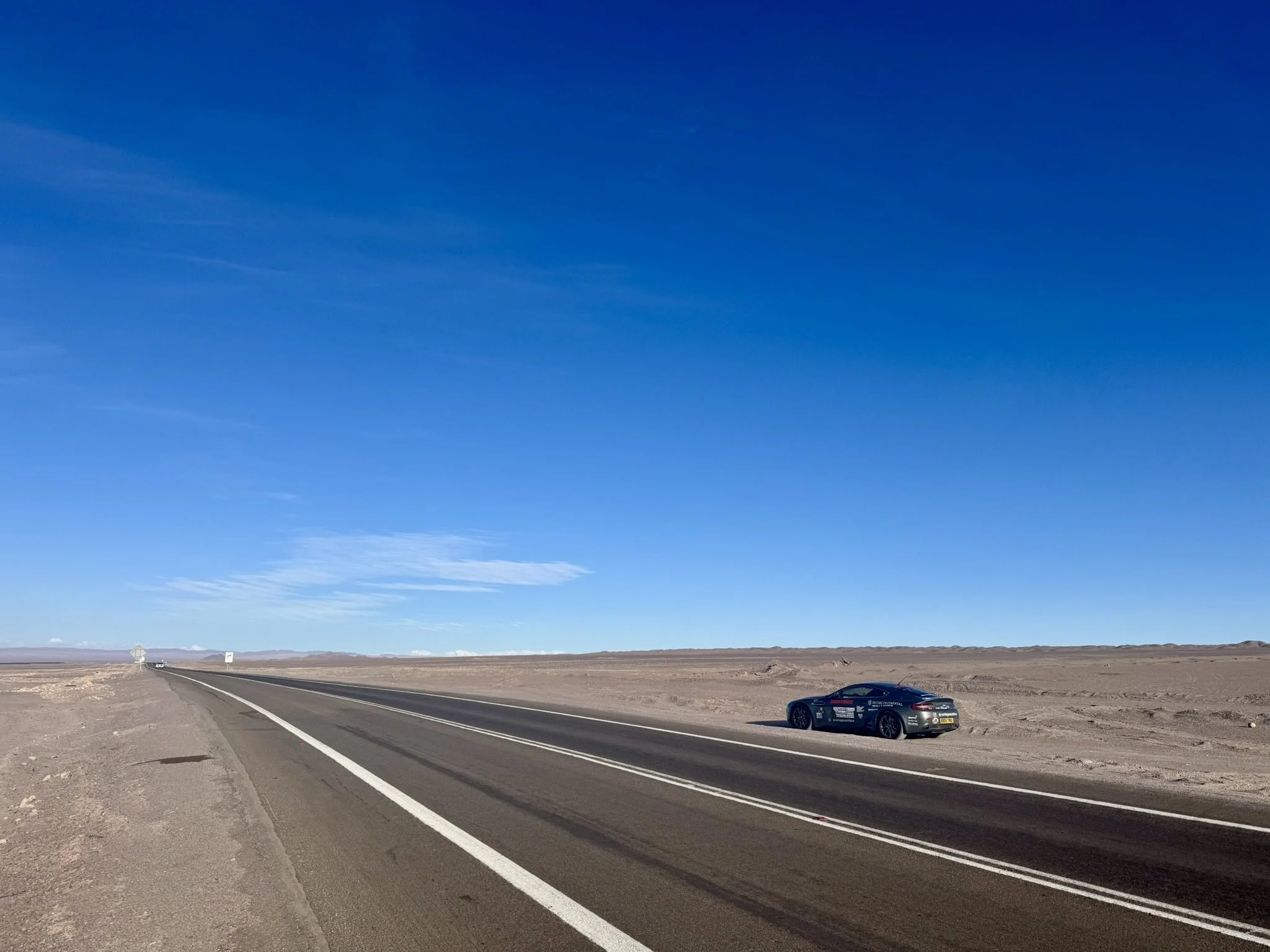

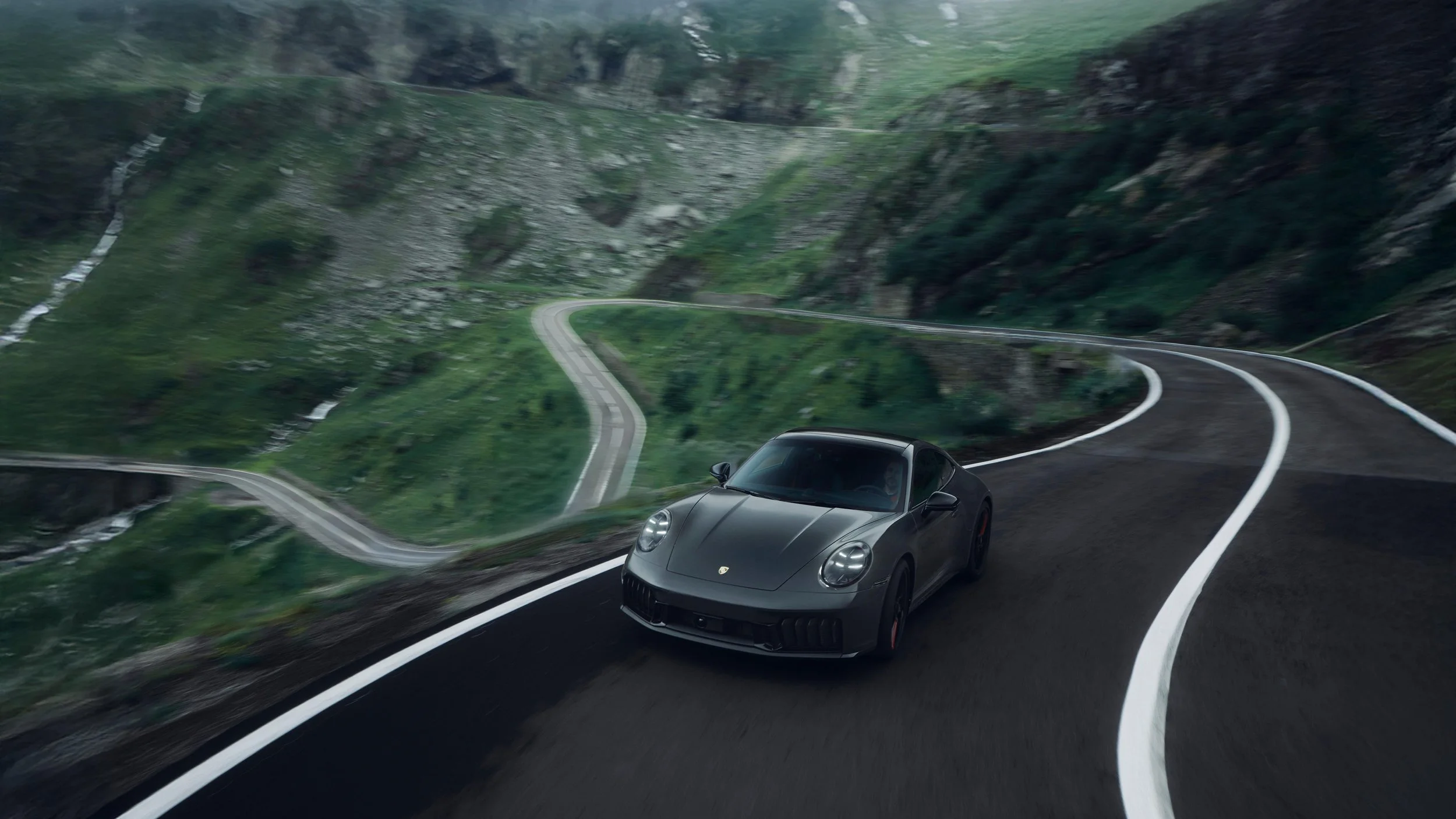

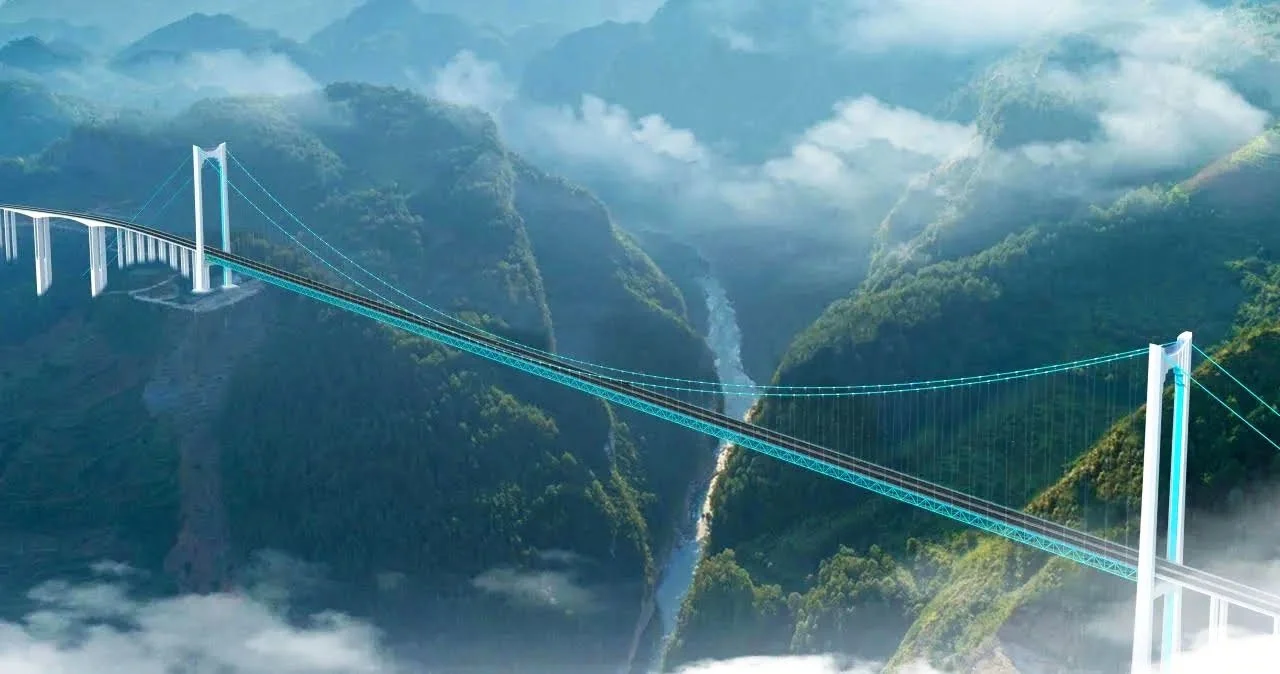
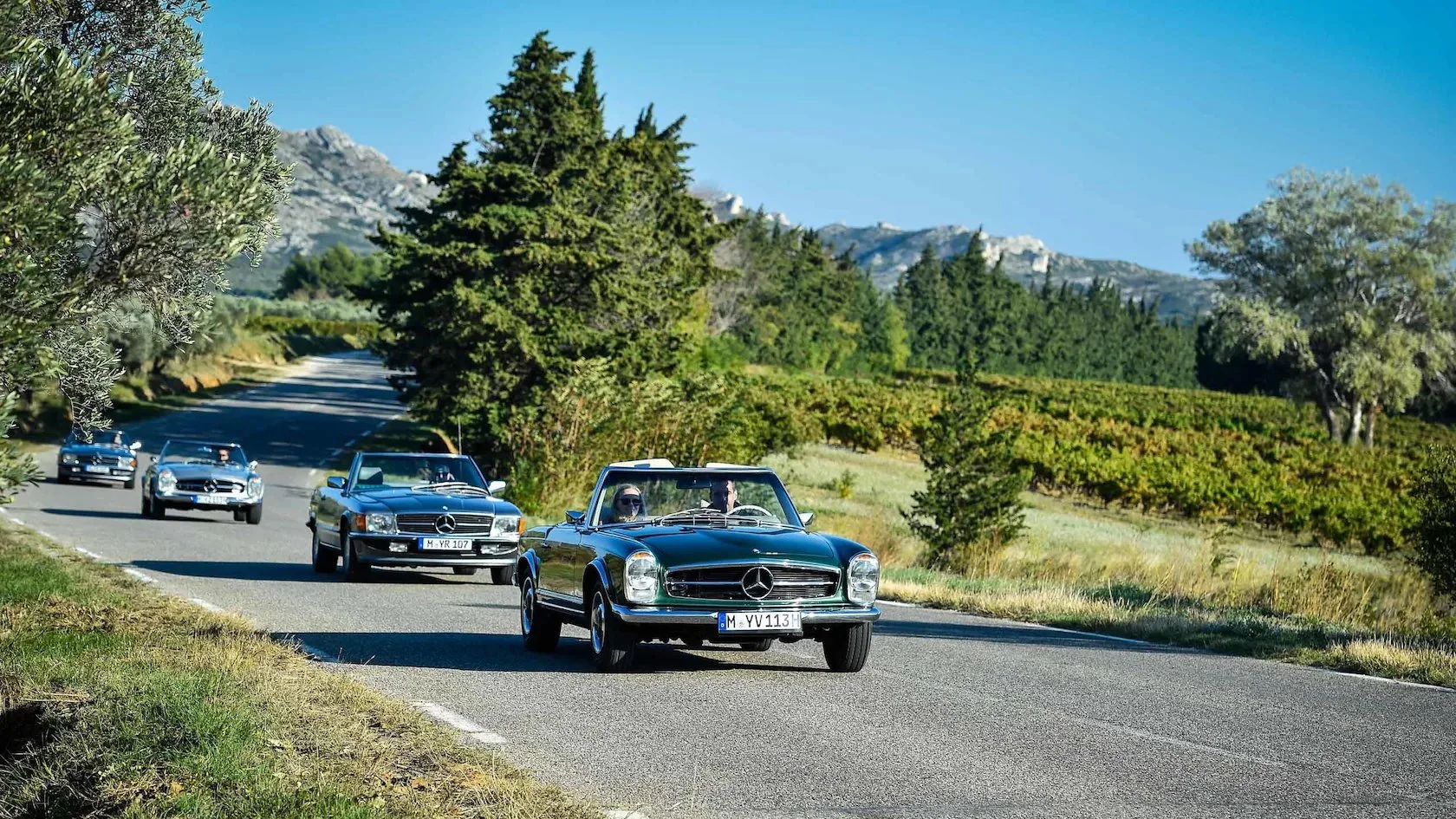

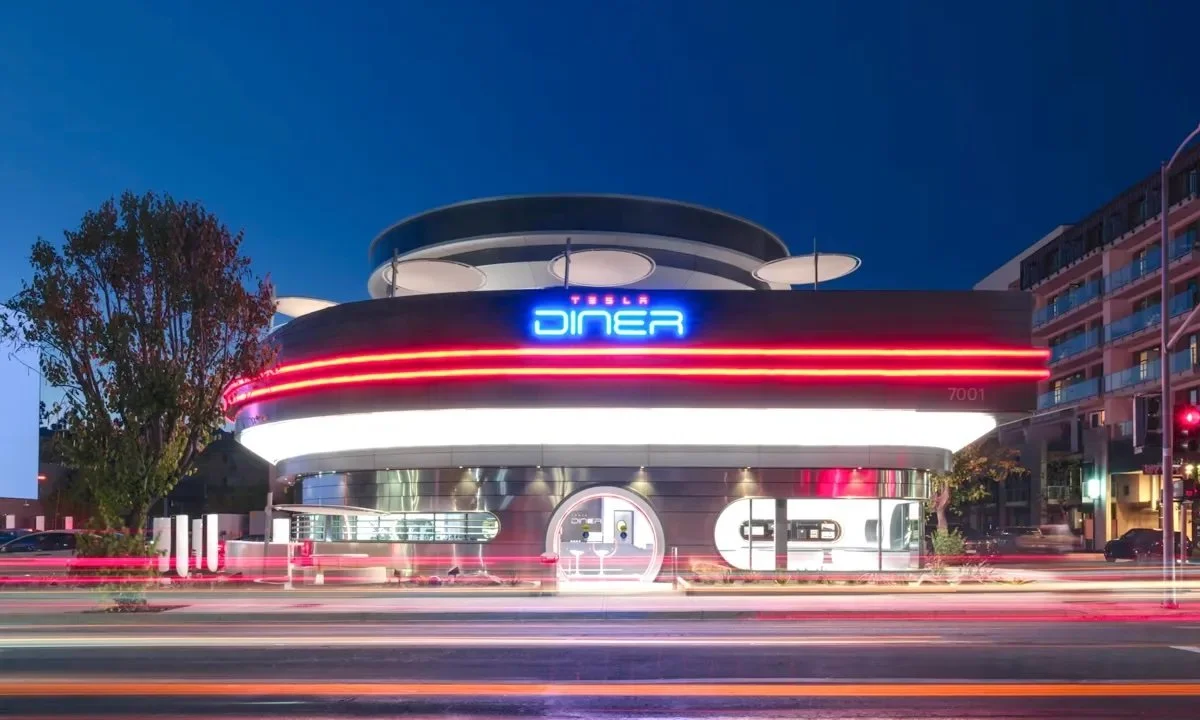


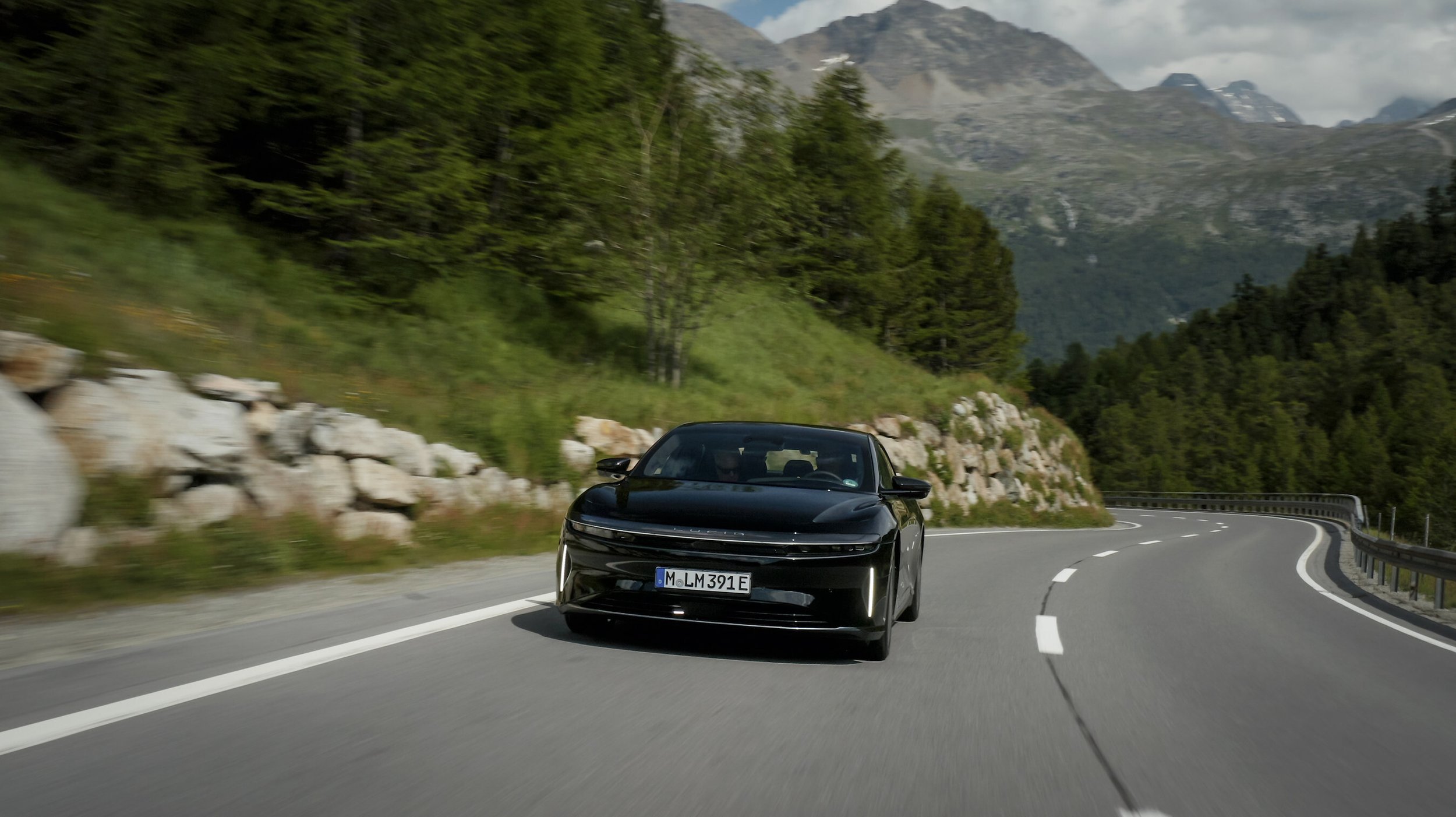
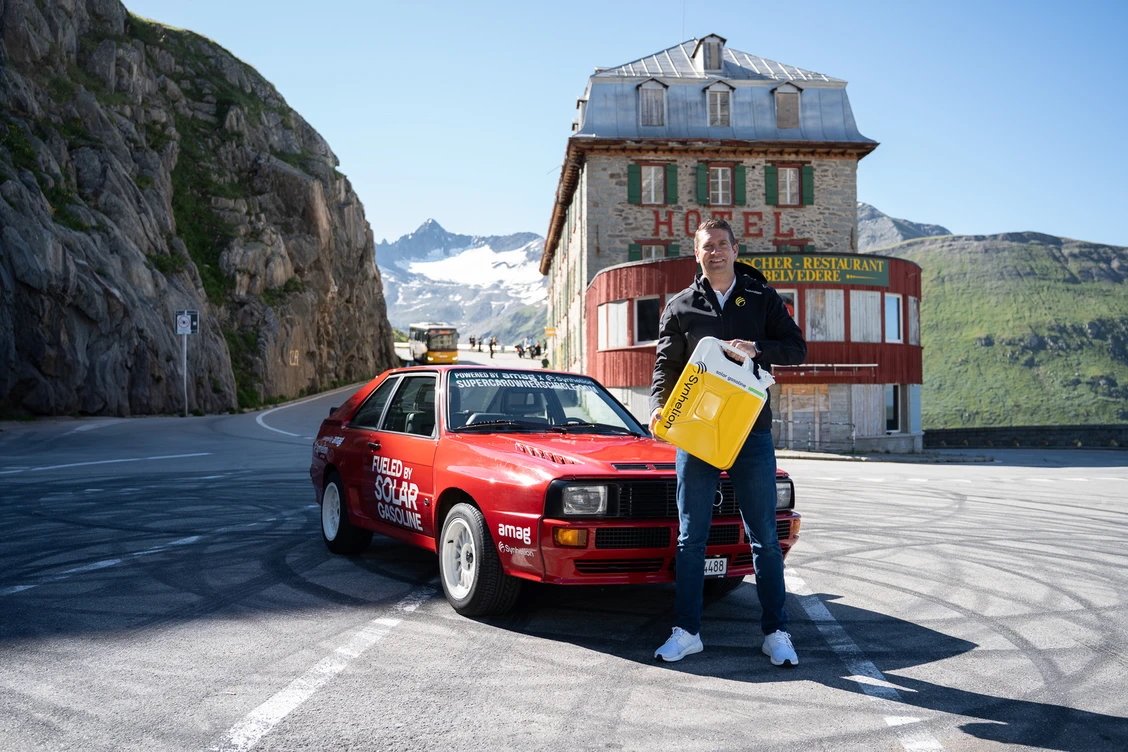




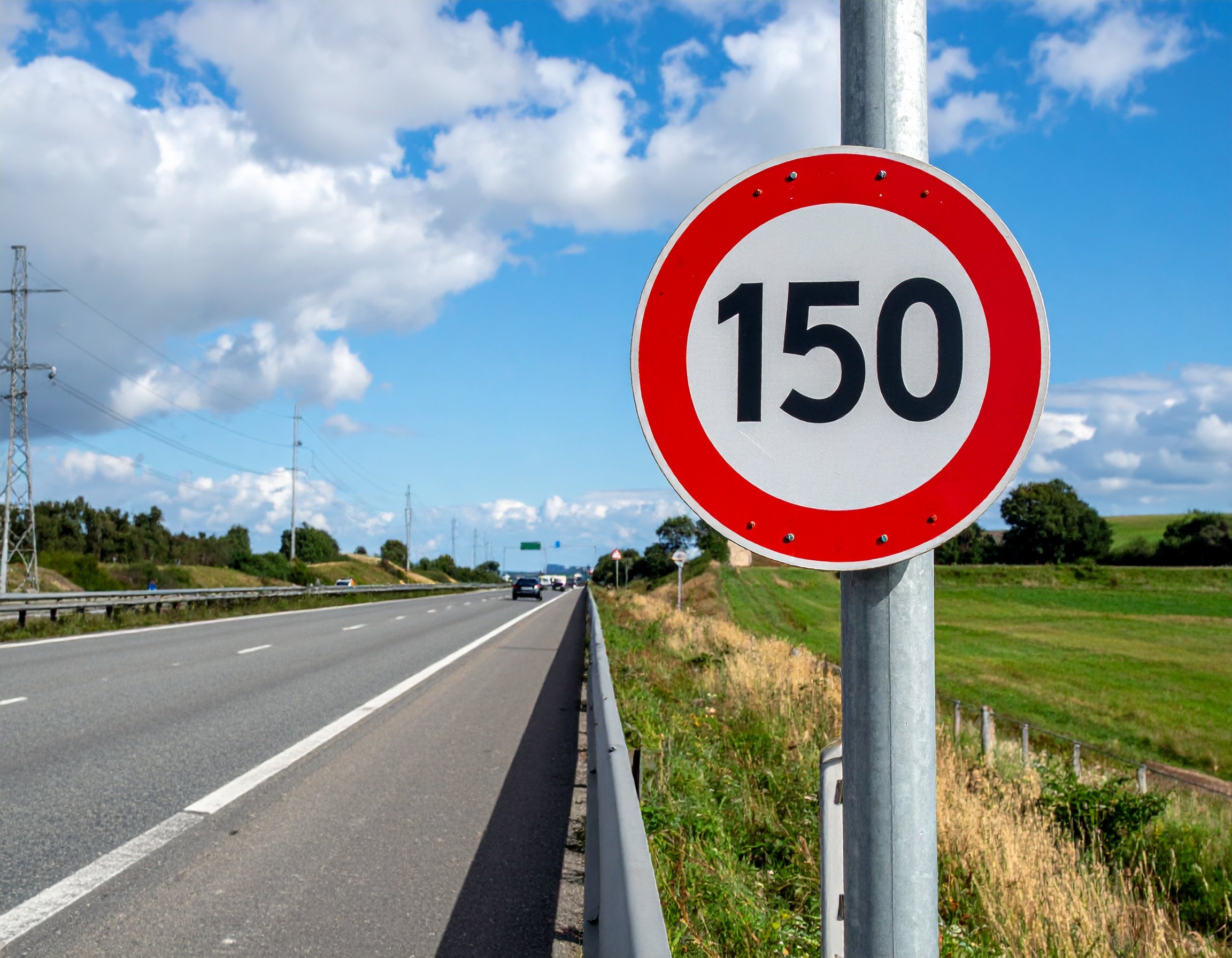


BMW has embraced the slow movement this holiday season with a 20-minute-long video charting a snowy drive in Austria in the new, electric iX3.